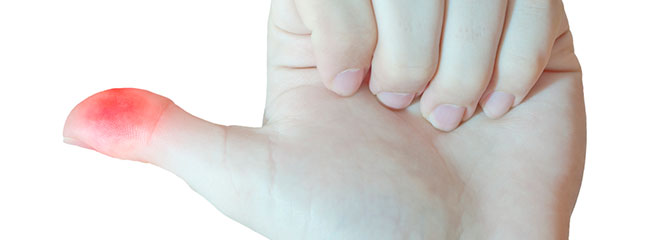Changing Roles in Treatment

The life of a 9- to 15-year-old can be very exciting. New social interactions at school and extracurricular activities usually become increasingly important in pre-teens and young teenagers. This is a time when children begin to assert their independence. Part of becoming independent is taking a bigger role controlling their bleeding disorder. During this stage kids should be learning to self-infuse, as well as taking part in discussions with their medical team. This transition may be challenging but with time and support children can successfully take on the responsibility of their own treatment.
This section of Next Step provides important information on:
- Recognizing the Early Signs of a Bleed
- Expressing Medical and Physical Needs
- Transition to Self-Infusion
Changing Roles in Treatment
The ages 9-15 years are exciting years in the life of an adolescent. This is when preteens and younger teenagers start to assert independence. Boundless opportunities arise for them to show self-sufficiency.
At this stage, a key goal for a child with a bleeding disorder is to learn the necessary steps to fully manage his or her own health care. Of course, as the First Step section showed, even young children can be introduced to simple health care tasks. But most 9-15 year-old kids are ready to take on more responsibilities. Responsibilities for self-care can be encouraged gradually.
Getting Your Child Involved
It's never too early to involve children with a bleeding disorder in their own care. For young children, it can start simply: letting them choose where to do the infusion or what bandage they want to use. Eventually you can encourage them to ask questions and voice any concerns at the doctor's office, track and log their medication, and self-infuse. Right now, you are laying the foundation for them to become healthy, responsible adults.
By now, your child should know his or her diagnosis. You may be teaching your child all about it, but if you're looking for more help, consider the educational events held at your Hemophilia Treatment Center (HTC) or local hemophilia chapter. Hemophilia camps are also a great way for kids to learn about their bleeding disorder; some of these camps teach children how to self-infuse.
Involve your child in discussions with the HTC team about his or her treatment plan. Your child should review with the HTC team which therapy (on-demand or prophylaxis, including switching from a central venous access device [CVAD] to venipuncture, if applicable) is best for him or her at this time.
